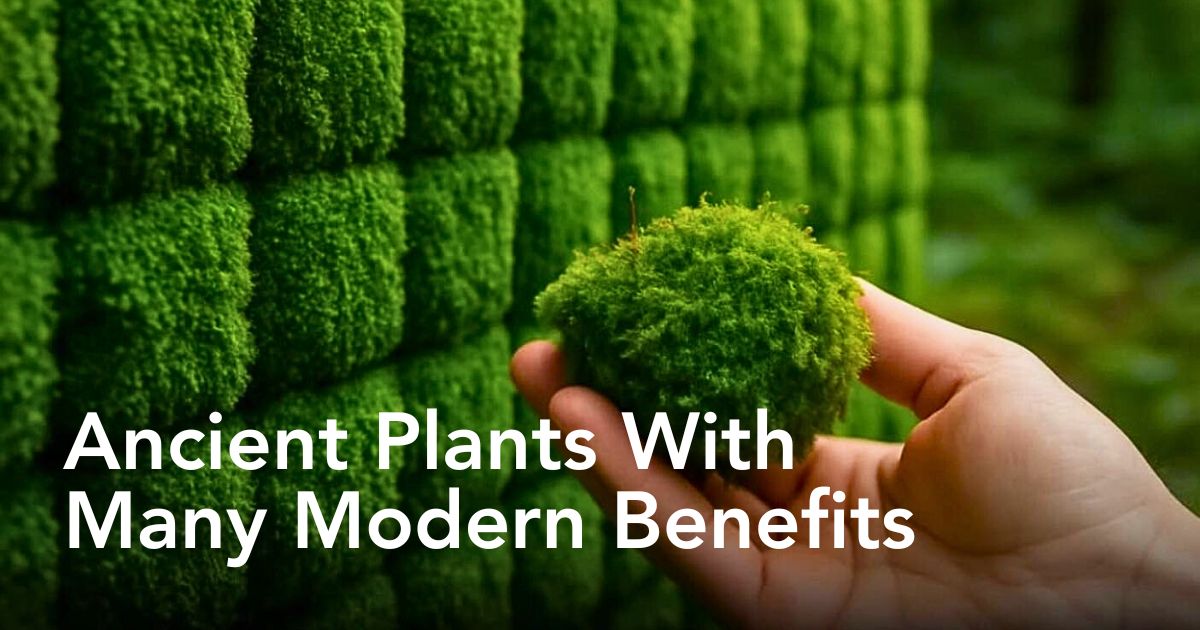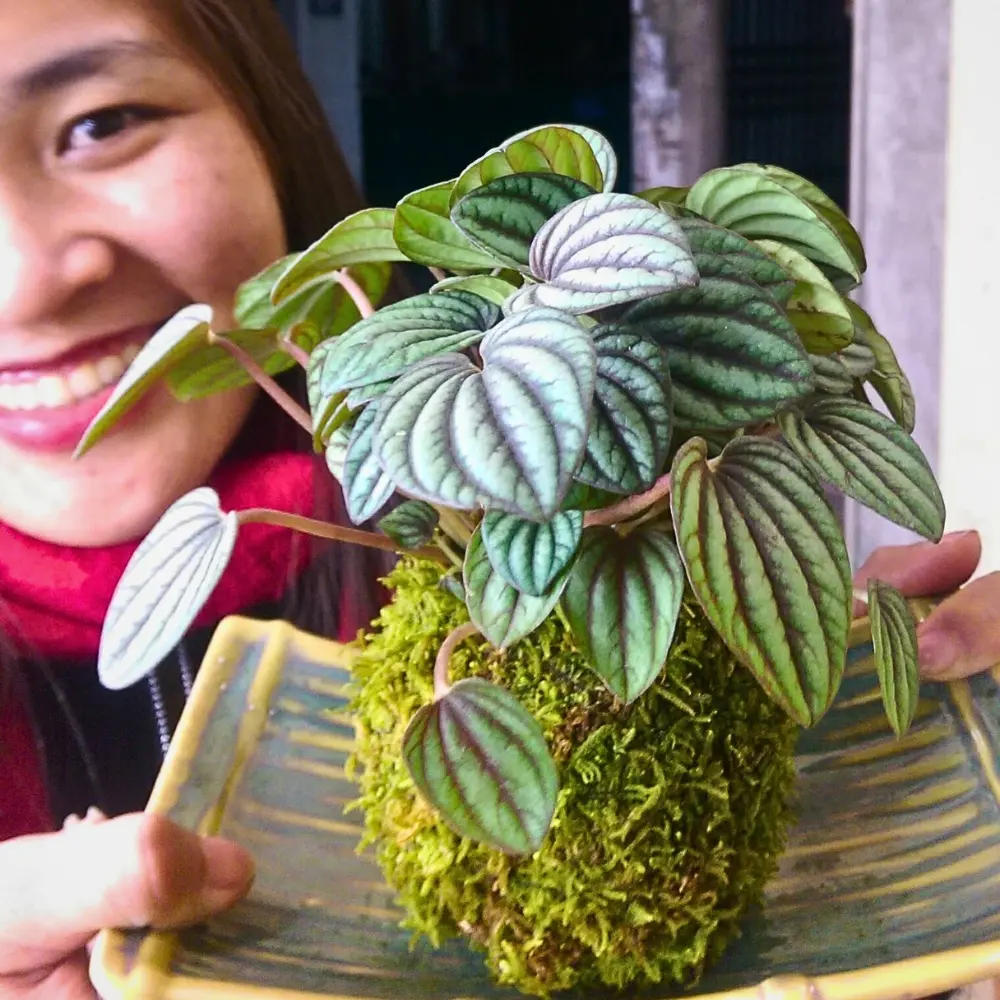Have you ever taken a moment to really observe and think of moss? That soft green carpet quietly colonizing forgotten garden corners, carpeting tree trunks, and flourishing where other plants barely survive? This unassuming plant is driving much more than an environmental transformation. It may be time for people to pay more attention to it.
Think of this: while gardeners may fuss over finicky flowers and temperamental plants, moss takes a different, almost laid-back approach. It works behind the scenes, performing ecological duties that would make other plants go green... perhaps with a bit of envy, too. This humble plant shows how, when it comes to environmental impact and human well-being, sometimes the most underrated species deliver the greatest benefits.
Moss Has Over 450 Million Years of Proven Experience
Moss has been around for more than 450 million years. It was one of the first plants to leap from water to land, an example of one of the earth's most fascinating evolutionary accounts. These ancient plants not only survived the transition to terrestrial life but also went on to transform the planet.
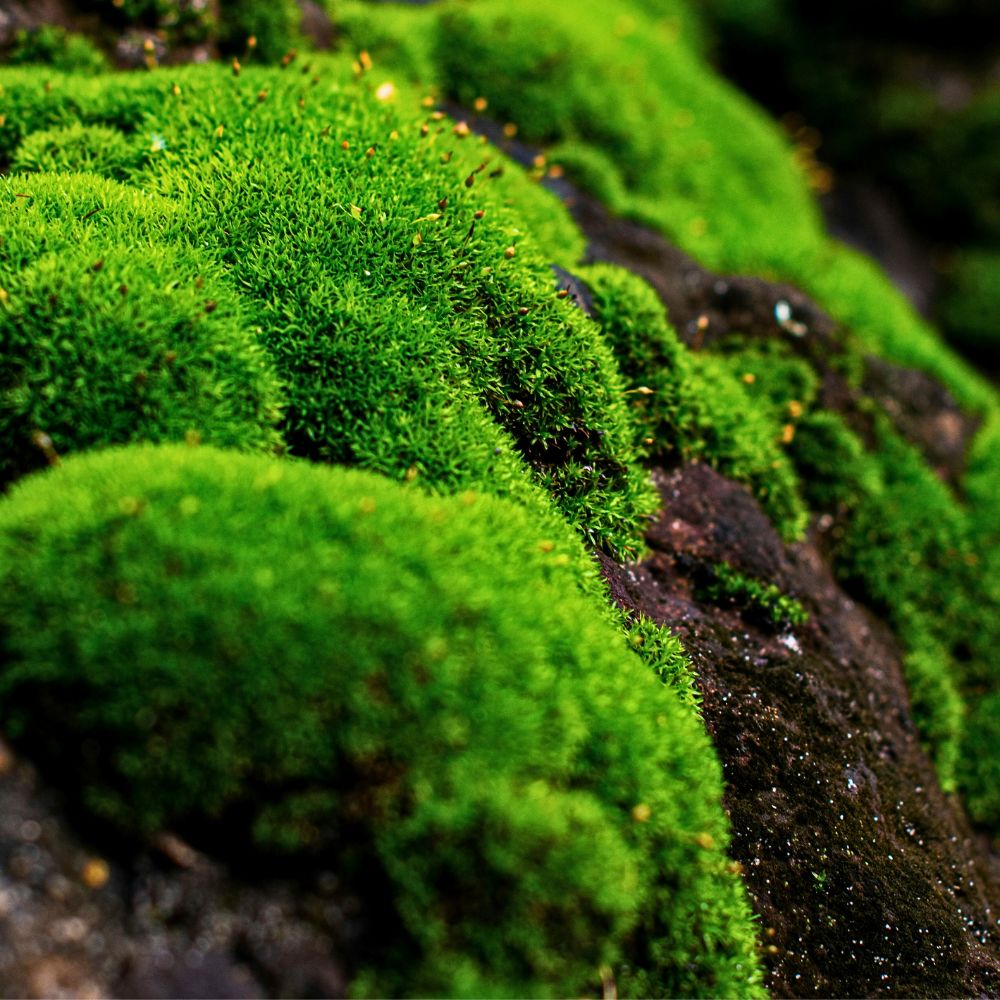
When mosses first colonized land, they triggered one of Earth's earliest climate changes by weathering rocks and releasing nutrients into oceans. This fueled massive algal bloomings that absorbed atmospheric carbon dioxide and initiated ice ages. That ability to reshape global systems remains fixed in mosses’ DNA today.
Quite unlike their vascular plant relatives with fancy roots and veins, mosses keep things simple. They have retained their ancestral simplicity while developing extraordinary resilience. They absorb water and nutrients directly through their surfaces rather than complex root systems, and their desiccation tolerance allows some species to survive in suspended animation for hundreds of years before reactivating within hours of receiving moisture.

In the spaces they occupy—especially shady, moist environments—these small, rootless plants form lush green carpets, reproducing through spores rather than seeds or flowers. Their ability to grow on rocks, trees, and even urban surfaces makes them essential ecosystem components. And lately, as people talk more about connecting with nature through biophilic design, moss is suddenly thrust into the limelight for its role in cooling cities and fighting climate shifts. It, essentially, is a plant with rich ancient history, but perfectly suited for modern circumstances.
The Ultimate Soil Whisperer
One of moss's most crucial yet underappreciated roles lies in soil health and water management. As pioneer species, mosses are often the first plants to colonize bare ground, rocks, and disturbed areas, laying foundations for entire ecosystems to follow.

They prevent soil erosion by forming dense mats that stabilize surfaces with their root-like structures called rhizoids, protecting valuable topsoil from washing away. The water management capabilities are also impressive. These plants can absorb and retain water at extraordinary rates—some species hold 70-80% of their weight in water, while certain sphagnum species reach water storage capacities of up to 2,070% of their dry weight.
This water retention allows moss to act as a natural reservoir during wet periods and gradually release moisture during droughts, creating stable microclimates that support surrounding vegetation while preventing flooding and filtering contaminants from runoff.
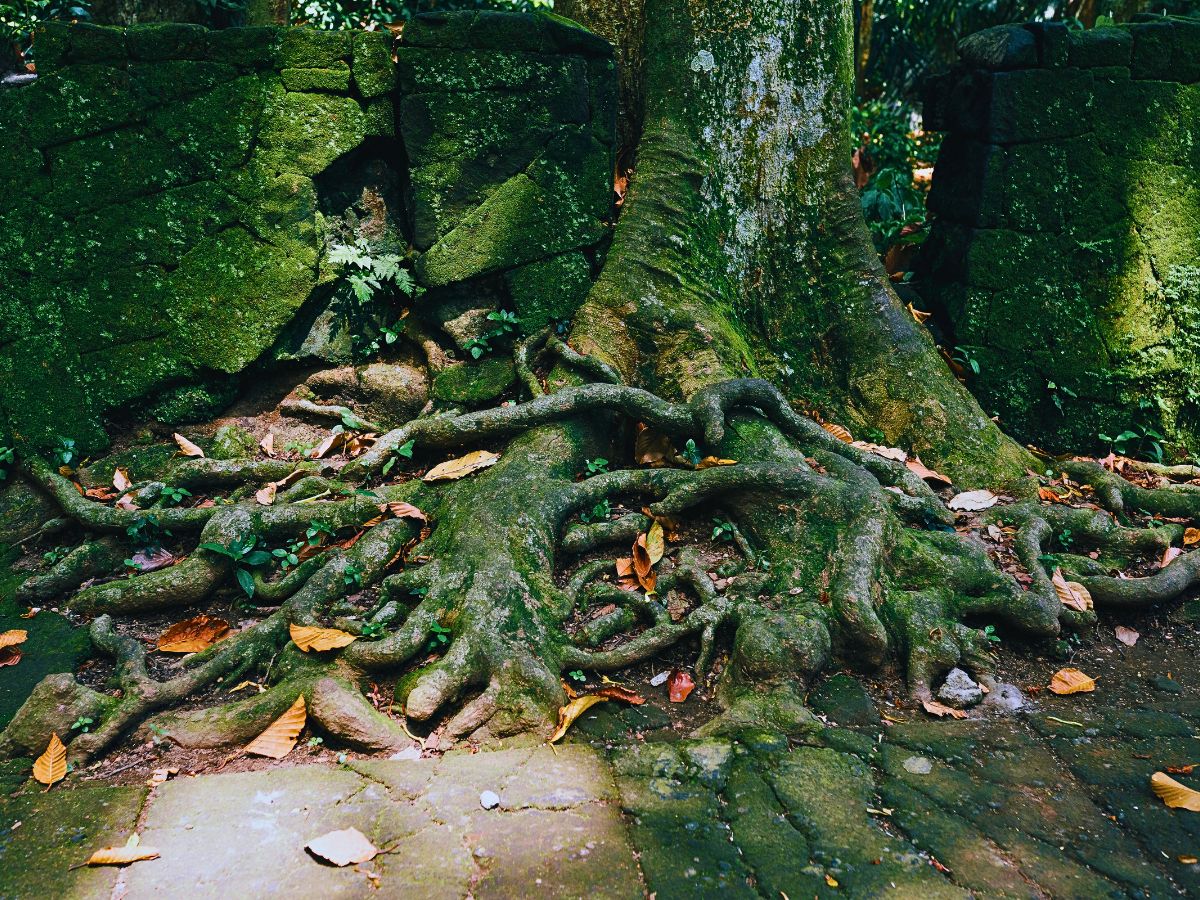
A Perfect Team Player With Nature
While many think of moss as just another random garden plant, research reveals it is more like the ultimate collaborator in the plant world. Mosses, as noted, lay foundations for other plants to flourish in ecosystems everywhere, acting as natural soil preparation specialists that move into barren areas first, creating perfect conditions for others to follow.
This ‘pioneering spirit’ makes them essential for ecosystem recovery and biodiversity. From tropical rainforests to polar landscapes and even desert environments, moss quietly does the groundwork that allows entire plant communities to thrive.

In gardens, this means those moss plants growing in shady corners do not compete with other plants—they actually help create healthier ecosystems for everything around them. Mosses also maintain soil biodiversity, support nutrient cycling and decomposition of organic matter, sustain microbial populations, and control soil pathogens.
Moss Is the Climate Champion You Never Expected
Perhaps the most exciting aspect of mosses’ rise to botanical stardom is their role in fighting climate change. While trees get most attention in carbon sequestration conversations, moss quietly does its part on a massive scale. Hardly shouting about it!
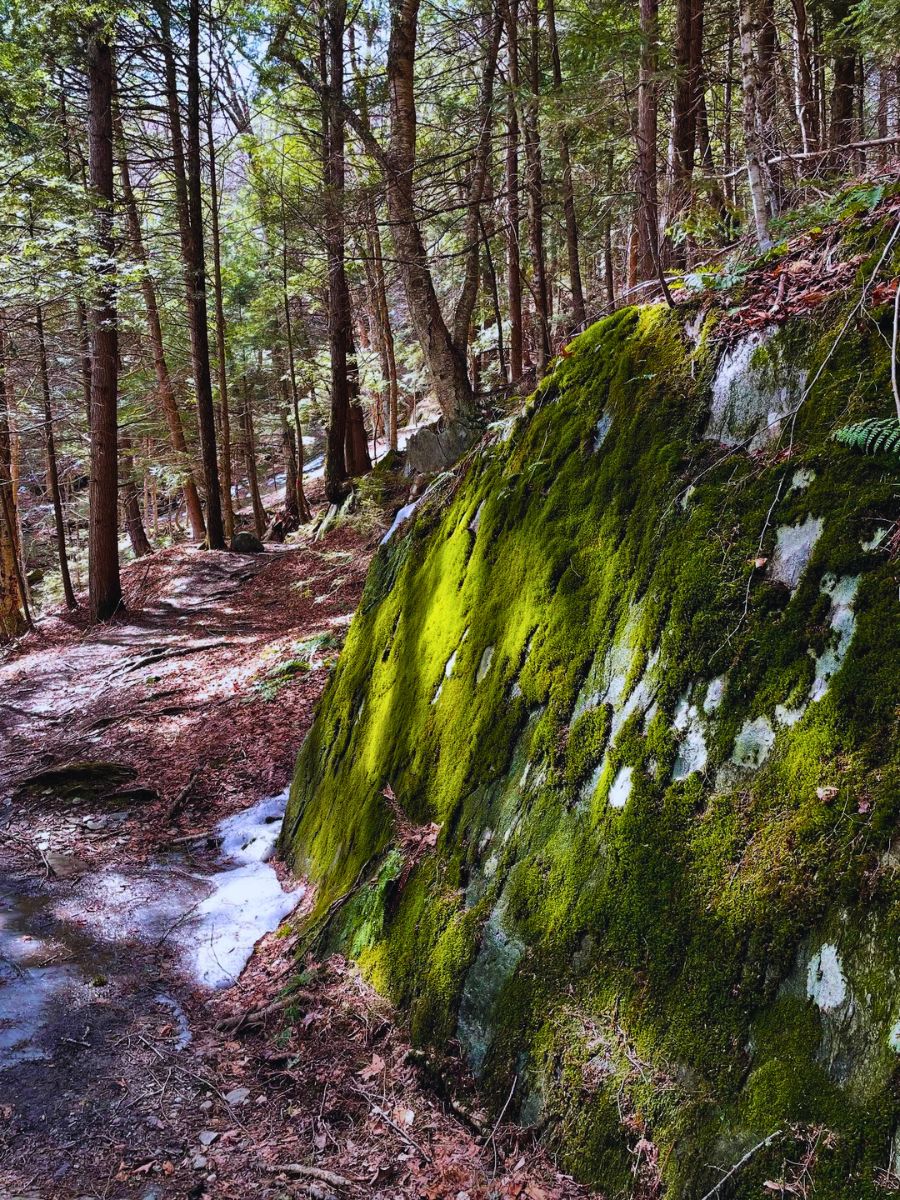
Covering vast areas of the earth's surface from Arctic tundra to tropical regions, moss collectively captures significant amounts of carbon dioxide from the atmosphere. Mosses sequester millions of metric tons more carbon than bare soil environments.
Their adaptability means they can continue environmental work even as climate conditions shift. Unlike trees that pause photosynthesis in winter, moss continues working year-round, turning barren urban spaces into active carbon sinks. Their carbon storage capacity equals six years of all global carbon emissions from land-use changes, absorbing up to four times more CO₂ than trees by volume, thus making them unsung heroes in the fight against climate change.

Perfect for Urban Greening
Cities across the world, from Tokyo to Seattle, are embracing moss to transform urban environments, recognizing its potential as a sustainable solution to urban challenges. Green walls, moss-covered bus stops, and vertical gardens are becoming common sights that turn concrete-heavy spaces into cooler, greener areas.
These moss installations not only improve air quality but also help manage stormwater runoff, reduce urban heat island effects, and provide acoustic insulation in noisy city environments. Quite unlike many plants, moss requires minimal maintenance—no watering, no fertilizers, just the right balance of shade and moisture.

This makes it ideal for sustainable urban design, where it cools buildings, purifies air, and supports biodiversity without adding maintenance costs. Modern innovators are harnessing these natural abilities to tackle pollution, as even small quantities can absorb large amounts of harmful dust particles and greenhouse gases.
A Personal Wellness Companion
Outside of their environmental contributions, mosses offer numerous benefits for human well-being through biophilic design principles. Integration of moss walls and preserved moss installations in indoor environments has been shown to reduce stress hormones, boost mood, enhance cognitive function, and promote feelings of calm and tranquility.
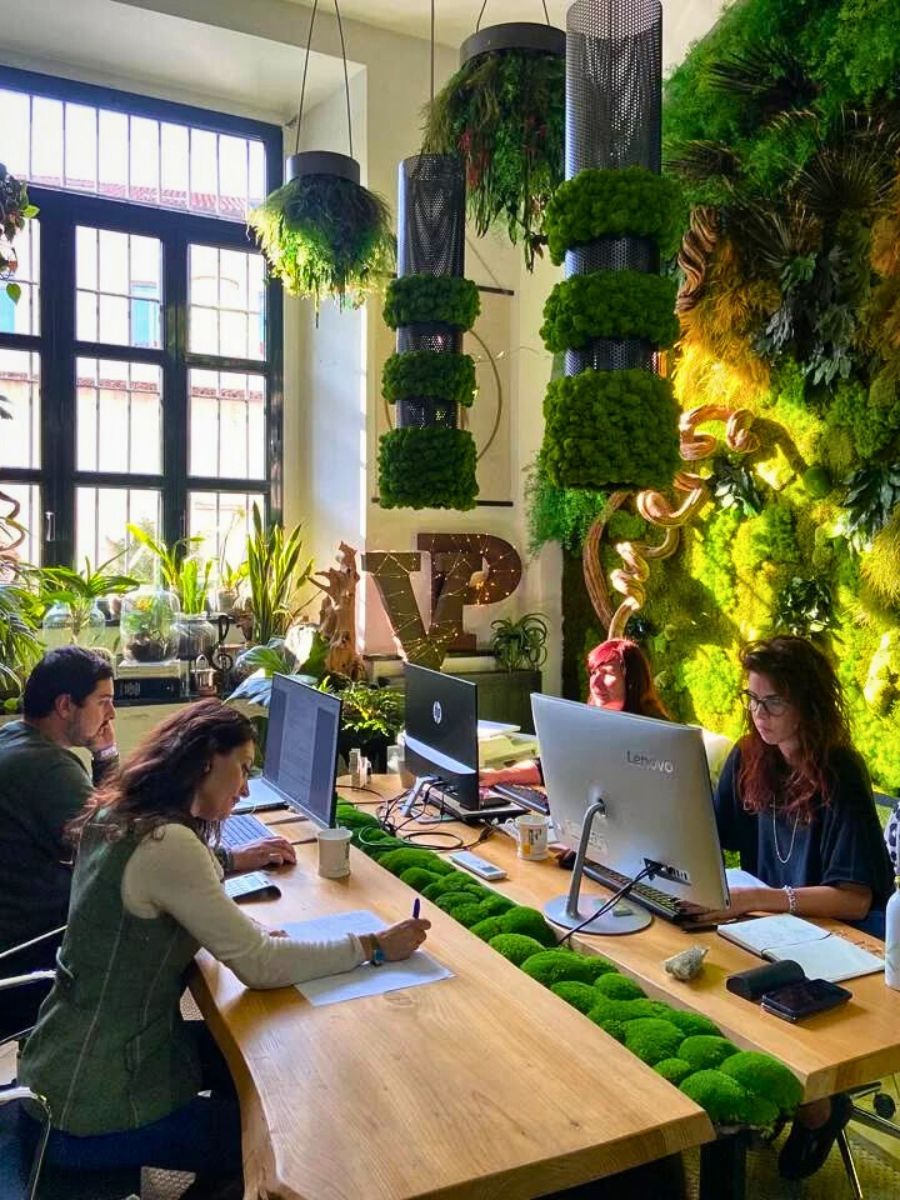
Studies show that exposure to moss and other natural elements improves concentration, creativity, and problem-solving abilities while reducing anxiety and depression. If you have ever felt inexplicably calm while walking through a moss-covered forest path, you were not imagining things. There is something restorative about these soft, green carpets that speaks to human souls.
The therapeutic benefits extend to healthcare environments, where moss walls create psychologically supportive spaces that aid patient recovery and staff wellbeing. Moss also acts as a natural air purifier, trapping pollutants like nitrogen dioxide, sulfur dioxide, and particulate matter that harm respiratory health.
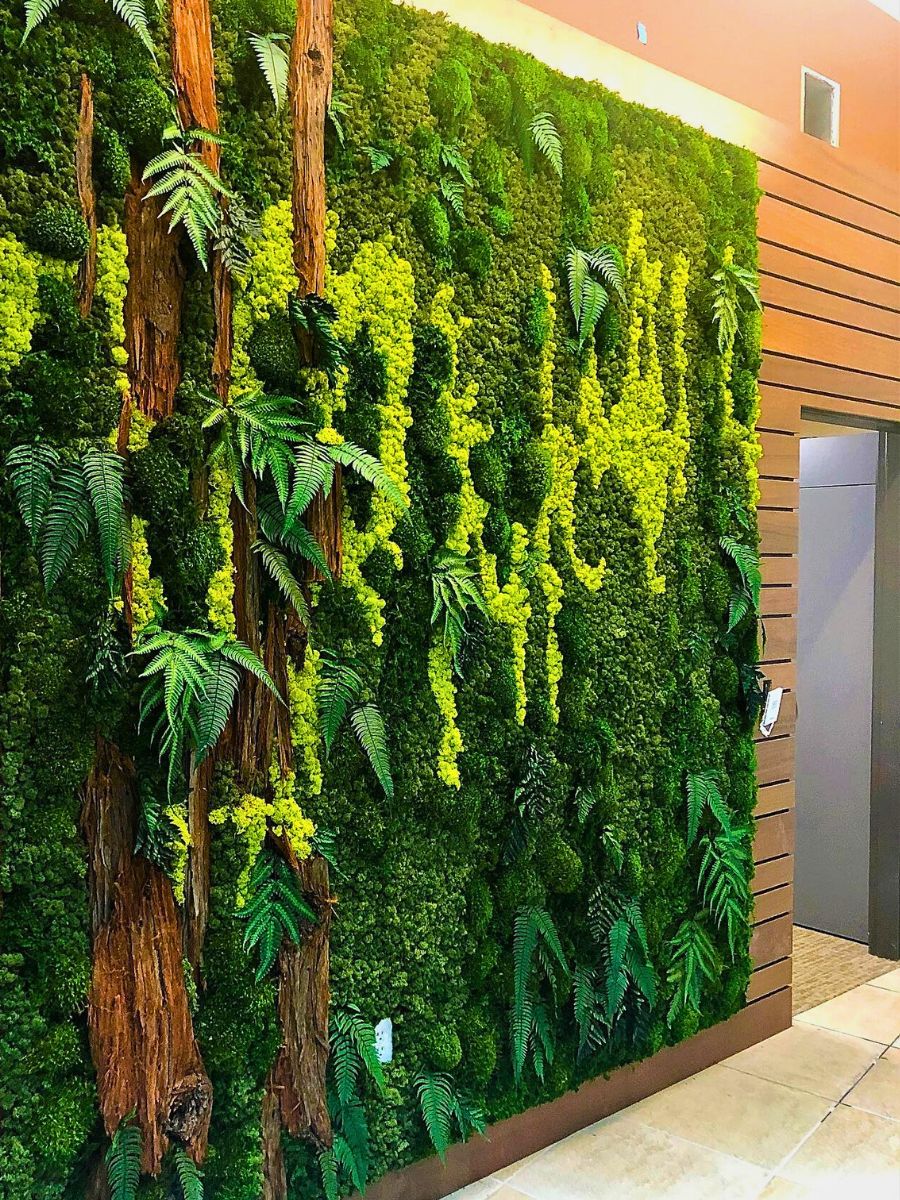
In urban settings, moss can lower surface temperatures on buildings, reducing the need for energy-intensive cooling systems and making cities more comfortable during hot summers. Its presence creates naturally cooler, more humid microclimates, while its sound-absorbing abilities, as pointed out, help dampen noise pollution, creating quieter, more peaceful spaces.
For those dealing with modern life stress, incorporating moss into living spaces provides a slice of forest tranquility at home. Whereas high-maintenance houseplants add much to one’s to-do list, moss asks for very little while giving back tremendous visual and psychological benefits in return.
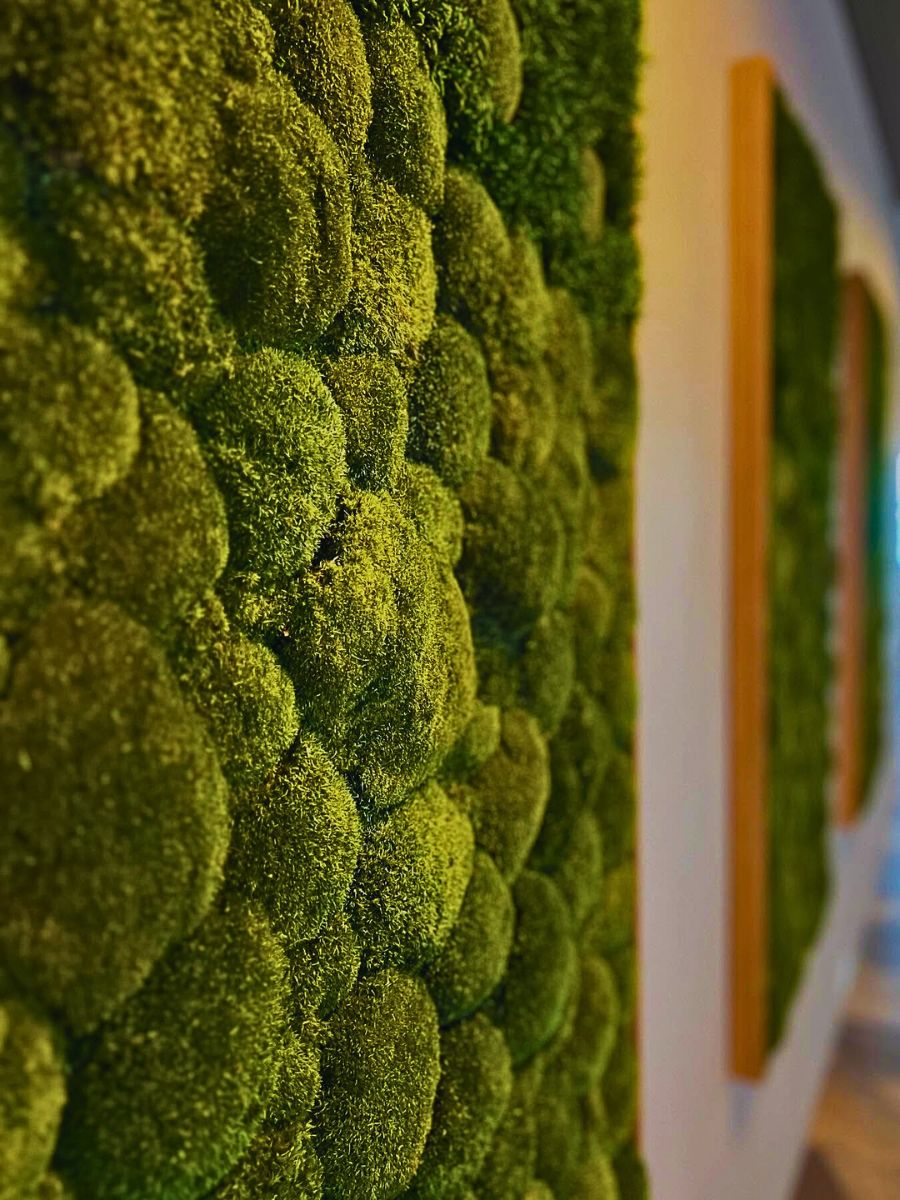
Making Moss Your Green Ally
So, how does one invite moss into their lives? It is straightforward and, of course, full of benefits. In gardens, let it take over shady lawns where grass falters. While traditional lawns require constant mowing, fertilizing, and watering, moss lawns are virtually maintenance-free once established—no mowing, no chemicals, just a soft, green cover—and they stay evergreen year-round in many climates. Additionally, many cities are already leading the way with mossy public spaces that cool the air, purify it, and provide people with green spaces.
One can also encourage moss growth on pathways and garden features, or explore moss walls and containers for patios or indoor spaces for maximum visual impact and air-purifying benefits. It, as is well known, by now, thrives in shady garden corners, rock features, or as part of indoor decor like terrariums and living walls, so encouraging it in these spaces adds that extra touch.

Indoors, try moss in containers or as wall art for air cleaning and style. Its versatility allows for incorporation into designs like wreaths or framed art, adding a touch of nature's charm to the space. Essentially, moss shows how some humble elements can drive some big changes. Who knew such a simple plant could be such a strong ally?
Header image by @verde_passione. Header image by @junebugsgarden.

